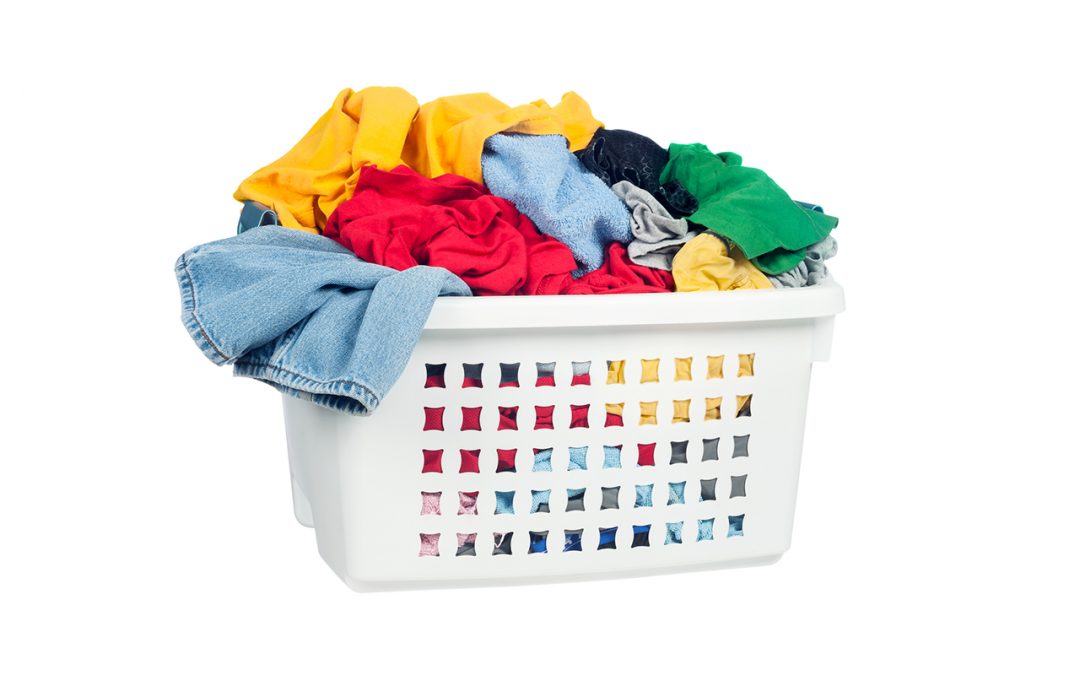Who better to give you tips on doing laundry at home than the people you trust to professionally clean your best garments? Time is something most of us don’t have in abundance, so finding ways to cut down on the amount spent doing laundry is valuable.
Cleaning product giant Procter & Gamble has accumulated data showing that we start 1,100 loads of laundry every second here in the United States. That’s a lot of time and money! It’s also likely that your home clothes dryer gobbles up more electricity than any other household appliance except your refrigerator. Here are some tips from professional cleaners on how to cut the time (and bills) spent on doing laundry at home.
Measure Carefully
More soap will not do a better job at cleaning your clothes. It may sound counterintuitive, but using too much soap will actually leave them dirtier. The amount recommended should create only minimal suds when you take a peek inside the washer.
That big layer of suds on the top is lifting soil and lint above the water level, where it can’t be rinsed away. The residue of excessive laundry detergent fades clothes and even attracts more dirt. It’s actually better to use less than what’s recommended.
Do a Double Spin
Send a load of towels or jeans for a second ride through the spin cycle. You’ll extract more water and decrease the amount of time and energy it’ll take to dry them.
Cold Water
But, wait? The label says…
Clothing manufacturers may recommend warm or even hot water. Many washing machine manufacturers recommend using cold water, anyway—unless what’s being cleaned is heavily soiled. The benefit is a lower energy bill, as well as a longer life for your clothes.
Clean the Lint Filter
No, really. You want to remove as much lint as possible. Otherwise you’re restricting airflow, and your dryer will not be efficient. Take it over to the sink and scrub the lint filter with a brush using soapy water. Let it completely dry before you put it back in place.
Timing is Everything
In life, and in doing the laundry. Start your next load so it’s ready to be transferred to the dryer when the first load is done. The dryer doesn’t have to heat up again, and you’ll save energy as well as time. Start with lightweight clothing first, which often need lower heat.
Hand Me a Towel
A clean towel tossed in with your wet clothes will absorb moisture and reduce the drying time. The only thing to remember with this tip is that you’ll want to skip using a white towel. You might end up with white lint on everything—especially if you haven’t been paying attention to the lint filter.
